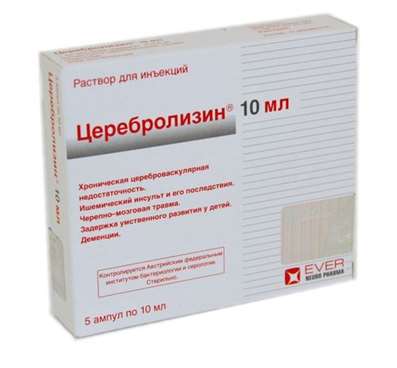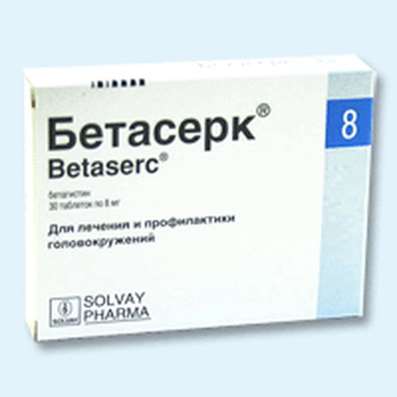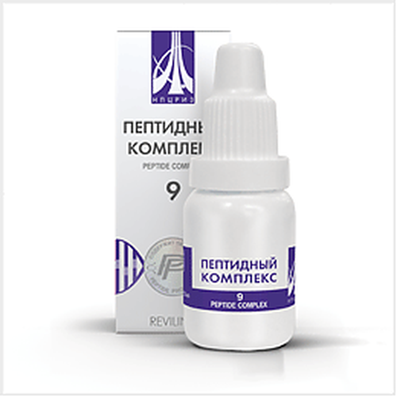Stress and the brain
30 Jun 2017
Earlier this year, researchers from the University of Ohio released results of experiments in which mice were subjected to social stress, placing a larger and more aggressive "guest" on them.

Stress affected the behavior of animals - mice became anxious, avoided social contacts, but in addition, rodents began to have memory problems, and in the hippocampus, which serves as one of the main centers of memory, fewer nerve cells appeared. If the animals were given anti-inflammatory drugs, then the memory problems disappeared (although the depressive behavior persisted).
Stress is a very special concept; Usually we talk about what exactly bothers us - about loneliness, quarrels with loved ones, etc. It's harder to study such situations than to experiment with mice, but it is still possible.
Selank peptide buy – could reduce stress and improve brain function.
Department of autonomous (or vegetative) nervous system, whose task is to maintain the work of internal organs in a mode autonomous from the brain (the brain itself, if necessary, can interfere with the work of the autonomic nervous system). One of the tasks of the sympathetic department is the reaction to any stress: it mobilizes the body's forces for active activity, increases metabolism, etc. Stress is also associated with danger: the risk of getting a wound is high and something is infected, so it is logical that sympathetic Nerve centers activate and immunity.
In response to stress, the brain activates several systems that secrete neuropeptides. In the end result, this leads to the ejection of corticosteroid hormones by the adrenal glands, which then interact with the brain on the feedback principle and bind to two types of nuclear receptors that regulate transcription. Through the directed interaction of multiple genes, steroids function in a dual form and play the role of a main switch controlling the neuronal and systemic responses underlying behavioral responses. In genetically predisposed individuals, the imbalance of this dual monitoring mechanism can lead to the development of stress-mediated diseases of the brain. At present, new sensitive candidate genes have been identified that can serve as markers for predicting vulnerable phenotypes.
All living organisms tend to achieve a dynamic equilibrium, which is called "homeostasis." In the classical concept of stress, this balance is under the threat of certain physical and psychological events, also known as "stressors" [1-8]. As a result, behavior is an assessment of the destabilizing potential of the stressor. If the event does not correspond to a certain cognitive representation based on the previous subjective experience, there is a surge of excitement, readiness for action, vigilance, concentration of attention and cognitive processes. The contact between the information coming from the sensors and the evaluation process is formed by the limbic structures of the brain, which include the hippocampus, the amygdala and the prefrontal cortex.
The stress system has two modes of operation. The fast regimen includes a controlled corticotropin-releasing hormone sympathetic and personal "hit or run" response, which is mediated by the KRG1 receptor (KRG-P1). KRG-P1 also activates the hypothalamic-pituitary-adrenal (HHG) axis.
Another slow regimen that promotes adaptation and recovery is regulated by newly discovered urocortins.
When the situation is perceived as stressful, the brain activates many neural circuits that allow them to adapt to stress. Two neuropeptides, corticotropin-releasing hormone (CRH) and vasopressin (antidiuretic hormone or ADH), an important link in the coordination of behavioral and metabolic responses to stress. For the release of the hypothalamus KRG and vasopressin is responsible for the hypothalamic-pituitary-adrenal system (GGNS), whose activity is expressed in a change in the concentration of corticosteroid hormones in the blood.
Corticosteroid hormones are important mediators of the response to stress, which is formed by both genetic contribution and external factors (acting in early childhood).

 Cart
Cart





